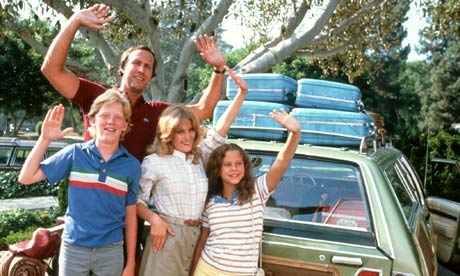I love the OP community, and the the site's usefulness as a gaming public record. However, a public record is useless unless you take the time to keep it up-to-date. This becomes problematic when things like upcoming game prep, or more importantly actual life, intervene. I think I have a pretty good grasp of my general priority buckets.
- Survival
- Job, Girlfriend & Family (really, if I put any above the other, I get burned in some way)
- Friends
- Game Night
- Blog
- Game Web Site <=== Obsidian Portal
- Personal Entertainment
Carrying around this myriad of buckets means that those at the bottom of the stack often get neglected. I WANT to keep up with them, because I enjoy it, but I can't justify writing a game recap if I have moldy science experiments festering in the kitchen sink.
Well, last Friday as I contemplated this state of affairs, I came up with a plan that will hopefully allow me to keep up with all of my various priorities without sacrificing the integrity of the stack. My plan?
Baby Steps.
My OP site provided the inspiration for this approach. Previously, I had been a bit of a site-update bulemic. I would view all the updates I needed to make with dread, until one day, I would reach a tipping point and try to spend a bunch of time trying to catch up. I would binge on OP until I felt sick, and then would completely ignore it until the cycle repeated.
Under the Baby Steps approach, I plan to spend 30 minutes a day working on the site. I'll pick a page to update (I'm working on past adventure logs right now) and try to knock out a concise product in the time allotted. Hopefully, by spending short amounts of time, more frequently, I will be able to gradually catch up on everything that I have let lag.
In other GM-related time management news, Johnn over at Campaign Mastery has an excellent post/review about using the iPad App Daily Notes for jotting down ideas on the fly, and as a result prepping for your next session without even trying. I really like the idea of many mini notes coalescing into a game. As I learned while working on my master's thesis, actually writing ideas down as you have them keeps them from ping-ponging around in the brain causing an inexorable descent into madness.
The trouble I often have with notebooks, however, is keeping the contents of each organized. I prefer to have my notebooks divided by subject, but the day inevitably comes when I show up to a work meeting with only my GM notebook in hand, or vice versa. Thus, the pure unpolluted subject-matter of the recorded thought process is horribly sundered by a recap of the latest board meeting. Nevertheless, I am determined once again to pick up some compact journal in which to strike while the GM-ing iron is hot.
Note: The purpose of the notebook described above is entirely different from the one I use to actually run my game.










